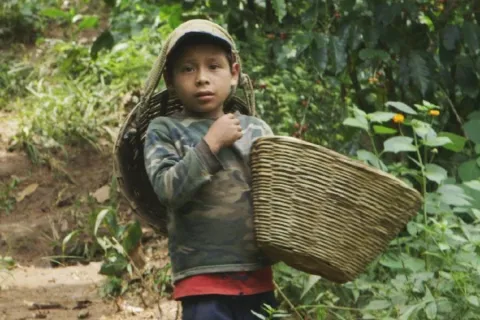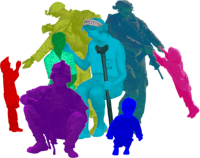
The global coffee industry, while celebrated for its rich flavors and cultural significance, has a darker side that often goes unnoticed. Reports of forced labor within this sector highlight the plight of individuals who are exploited for their labor under dire conditions. This story follows the harrowing journey of a survivor from a coffee plantation where they endured forced labor to their eventual rescue.
Background on Forced Labor in Coffee Production
Forced labor in coffee production is a significant issue, particularly in countries like Brazil, Colombia, and Vietnam. Workers, often migrants or vulnerable populations, may find themselves trapped in exploitative situations due to debt bondage, lack of legal protections, or coercive recruitment practices. These individuals work long hours under harsh conditions for little or no pay, with their freedom severely restricted.
Our story begins in a remote village in Colombia, where Juan (a pseudonym for anonymity) was lured by promises of good wages and stable employment on a coffee plantation. Upon arrival, he quickly realized that the reality was starkly different. The plantation owner confiscated his identification documents and imposed exorbitant fees for housing and food that left him with little to no earnings.
As weeks turned into months, Juan witnessed the suffering of his fellow workers—many were subjected to physical abuse and threats if they attempted to leave. The isolation from the outside world made it nearly impossible for them to seek help.
One fateful night, after enduring relentless exploitation and witnessing the brutal treatment of others, Juan decided he could no longer remain silent. He began to communicate discreetly with other workers about planning an escape. They devised a plan to flee during the early hours when guards were less vigilant.
Under the cover of darkness, Juan and three other workers made their move. They navigated through dense coffee fields and treacherous terrain until they reached a nearby town where they hoped to find safety.
Upon reaching the town, Juan faced new challenges. With no money or identification, he relied on the kindness of strangers who provided him food and shelter for a few days. It was here that he learned about local NGOs working against human trafficking and forced labor.
With newfound hope, Juan contacted one such organization via a community center that offered assistance to victims of exploitation. The NGO arranged for him and his companions to travel safely out of the region using discreet transportation methods designed to protect vulnerable individuals from being recaptured by their former employers.
Juan’s journey took him across several regions before finally arriving at a safe house operated by the NGO in Bogotá. Here he received medical care, psychological support, and legal assistance as part of his rehabilitation process. The organization worked tirelessly not only to ensure his safety but also to help him reclaim his identity by securing new identification documents.
During his time at the safe house, Juan participated in workshops aimed at empowering survivors through education about their rights and opportunities for future employment outside exploitative industries like coffee production.
After several months at the safe house, Juan was ready to start anew. He expressed interest in pursuing education related to sustainable agriculture practices that would allow him to contribute positively without falling prey to exploitation again. His story serves as both a testament to resilience and an urgent call for continued awareness regarding forced labor within global supply chains.
Juan’s journey from forced labor on a coffee plantation to freedom is emblematic of many survivors’ experiences worldwide. It underscores the importance of advocacy against human trafficking and highlights how collective efforts can lead individuals toward liberation and empowerment.
